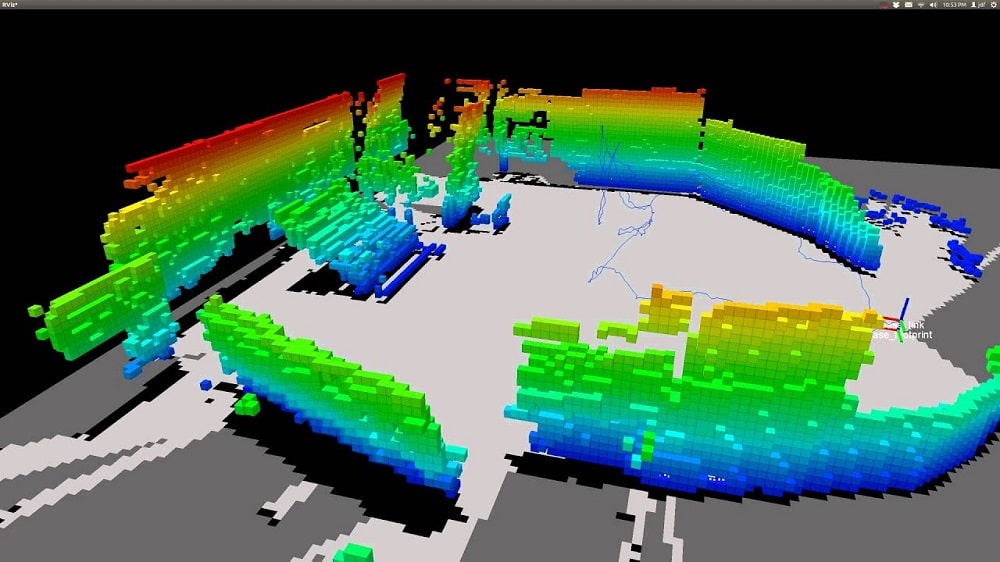
SLAM (Simultaneous Localization and Mapping) is a cutting-edge technology that enables devices to simultaneously build a map of an unknown environment and determine their position within it. It is widely used in robotics, drones, autonomous vehicles, and other autonomous systems, making it indispensable in modern technological applications.


SLAM technology is used for creating maps of unknown environments while simultaneously determining the position of the device in real-time. It is commonly applied in autonomous vehicles, drones, robotics, and augmented reality systems.